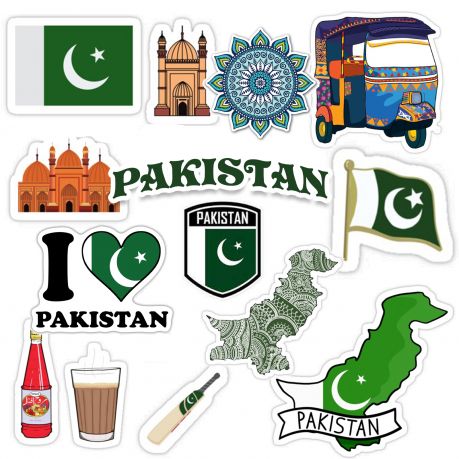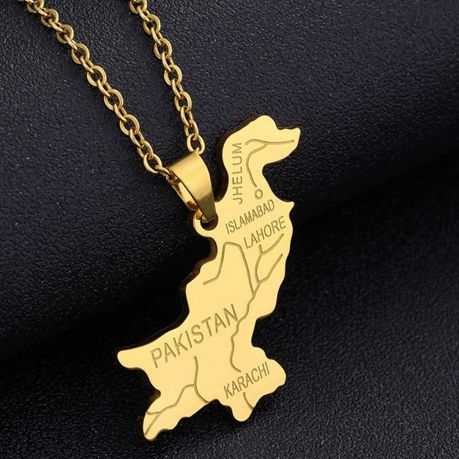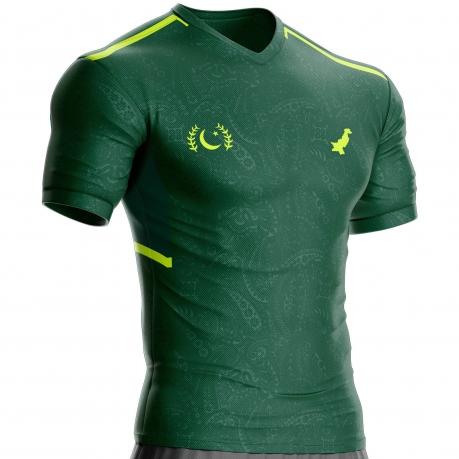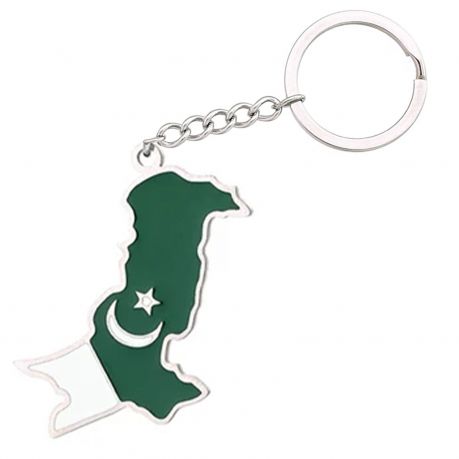History of Pakistani football

A historic goal: birth of Pakistani football
1950, Dhaka. The packed stadium holds its breath. Pakistan national team is set to face India in a crucial match. The final whistle sounds, and Pakistan exults: 2 to 1, a historic victory etched in collective memory.
Pakistani football, although less flamboyant than its rival cricket, is no less a vibrant passion that spans generations. From dusty fields to brand new stadiums, football weaves its web, bringing together players and supporters in a common spirit.
It is this fascinating journey through the history of Pakistani football that we offer you today. From the first dribbles in the colonial era to the challenges of today, we will explore the key moments that shaped the sport and its promising future.
The roots of Pakistani football
Pakistani football did not emerge from nothing. Its roots date back to the British colonial era, when football was a favorite pastime of the troops. This is how, in the 1870s, football entered the territory, bringing with it a new passion.
The development of the sport then accelerated thanks to schools and clubs. British institutions, such as Government College, Lahore, played a pioneering role in introducing football into their physical education programs. Clubs, such as the Karachi Gymkhana and the Mohammedan Sporting Club, have also contributed to the spread of the sport by organizing competitions and encouraging amateur practice.
The creation of the Pakistan Football Federation (PFF) in 1947 marked a major turning point. This institution made it possible to structure football on a national scale, to define rules and standards, and to launch official competitions. It is because of PFF that Pakistan has been able to participate in international competitions and proudly represent their country on the world stage.
By tracing these beginnings, we better understand how football took root in Pakistan, becoming a source of national pride and a sport capable of bringing crowds together.
The golden era of Pakistani football (1950-1970)
Pakistani football experienced its golden age between the 1950s and 1970s. This period was marked by a series of remarkable performances from the national team, which was able to compete with the best teams in Asia.
Remarkable continental performances
In 1950, the Pakistani national team achieved a resounding feat by defeating India in a historic match in Dhaka. This victory marked the beginning of an era of success for Pakistani football.
The national team then participated in the 1951 and 1958 Asian Games, where they performed creditably. In 1960, it won the South Asian Cup, a first for the country.
Talented and charismatic players
The national team's success was largely due to a generation of talented and charismatic players. Among the most notable figures of this era, we can cite:
Sheikh Abdul Latif: Captain of the national team, he was known for his leadership qualities and his talent with the ball.
Mohammed Essa: A remarkable scorer, he scored many important goals for the national team.
Mahmood Hussain: Excellent goalkeeper, he made spectacular saves which allowed his team to win many matches.
These players marked the history of Pakistani football and inspired generations of young footballers.
The impact of the golden age
The golden era of Pakistani football had a great impact on the development of the sport in the country. It popularized football and sparked national enthusiasm for the sport. Many young people were encouraged to take up football and dream of one day representing their country on the international stage.
The golden era of Pakistani football remains a source of pride for the country and a model for future generations to follow.
Challenges and obstacles
Despite the golden era of Pakistani football, the development of the sport has been hampered by many challenges and obstacles.
Lack of infrastructure: One of the major problems of Pakistani football is the lack of adequate infrastructure. The country does not have a sufficient number of quality stadiums and football pitches. This affects the quality of training and competitions, and limits the development of the sport at the grassroots.
Political instability: The political instability that has marked Pakistan's history has also had a negative impact on football. Budgets allocated to sport have often been reduced, which has affected the development of infrastructure and training programs.
Lack of professionalism: Pakistani football also suffers from a lack of professionalism. The management of clubs and leagues is often opaque and lacking in transparency. This led to problems of corruption and favoritism, which harmed the image of the sport and its development.
Impact on sport development and national team performance:
These challenges and obstacles have had a negative impact on the development of Pakistani football and the performance of the national team. The country was unable to maintain its performance level of the 1950s and 1960s. The national team failed to qualify for the FIFA World Cup and its results in continental competitions were poor. disappointing.
A promising future?
Despite these difficulties, Pakistani football has a promising future. The country has taken steps to improve the infrastructure and professionalism of the sport. Talented young players are emerging and the national team is showing signs of progress.
Pakistani football has the potential to regain its former glory and become a major force on the continental scene. All it needs is the support and investment necessary to realize its full potential.
Pakistani football today
Pakistani football is in the midst of a renaissance. After a period of decline, the country is committed to reviving sport and providing it with the means for its development.
Initiatives to revive sport
Several initiatives have been put in place to revive Pakistani football. The government has invested in building new infrastructure and renovating old ones. The PFF has also launched development programs for young players and coaches.
Infrastructure development
Infrastructure development is a crucial part of the revival of Pakistani football. New stadiums and football fields are being built across the country. The PFF has also established a certification program for stadiums, to ensure they meet international standards.
Recent national team performances
Development efforts are starting to bear fruit. The Pakistani national team has produced encouraging performances in recent years. In 2018, she won the SAFF Championship for the second time in its history.
Hopes for the future
Hopes are high for the future of Pakistani football. The country has a young generation of talented players who have the potential to compete with the best teams in Asia. With the necessary support and investment, Pakistani football can return to its former glory and become a major force on the continental stage.
Place of football in Pakistani sporting culture
Football occupies an important place in Pakistani sporting culture, although it remains less popular than cricket, the national sport. Football is a sport accessible to everyone, and it attracts more and more young people. The development of Pakistani football can help diversify the country's sporting culture and provide young people with an alternative to cricket.
The future of Pakistani football is bright. With adequate infrastructure, professional coaching and a talented generation of players, the country has all the assets to become an essential football nation in Asia.
The history of Pakistani football is a rich and passionate one. From humble beginnings during the colonial era to the golden era of the 1950s and 1960s, to the challenges and obstacles of recent decades, Pakistani football has had a checkered trajectory.
Today, the country is resolutely committed to relaunching sport and providing it with the means for its development. Promising initiatives, developing infrastructure and a talented generation of players fuel hope for a bright future for Pakistani football.
Challenges to overcome
The path to success is not without obstacles. Lack of professionalism, corruption and political instability are major challenges that must be overcome.
A promising future
Despite these challenges, the future of Pakistani football is bright. The country has the will and resources to become a leading football nation in Asia. With continued support and wise investments, Pakistani football can write new glorious pages in its history.
Pakistani football has the potential to bring the nation together, bring joy to its fans and thrill the hearts of Pakistanis. There is no doubt that football has a bright future in the land of the pure.









